New York was originally New Netherlands and was under the control of the Dutch. The two men recognized for their initial development were Peter Stuyvesant and Peter Minuit.
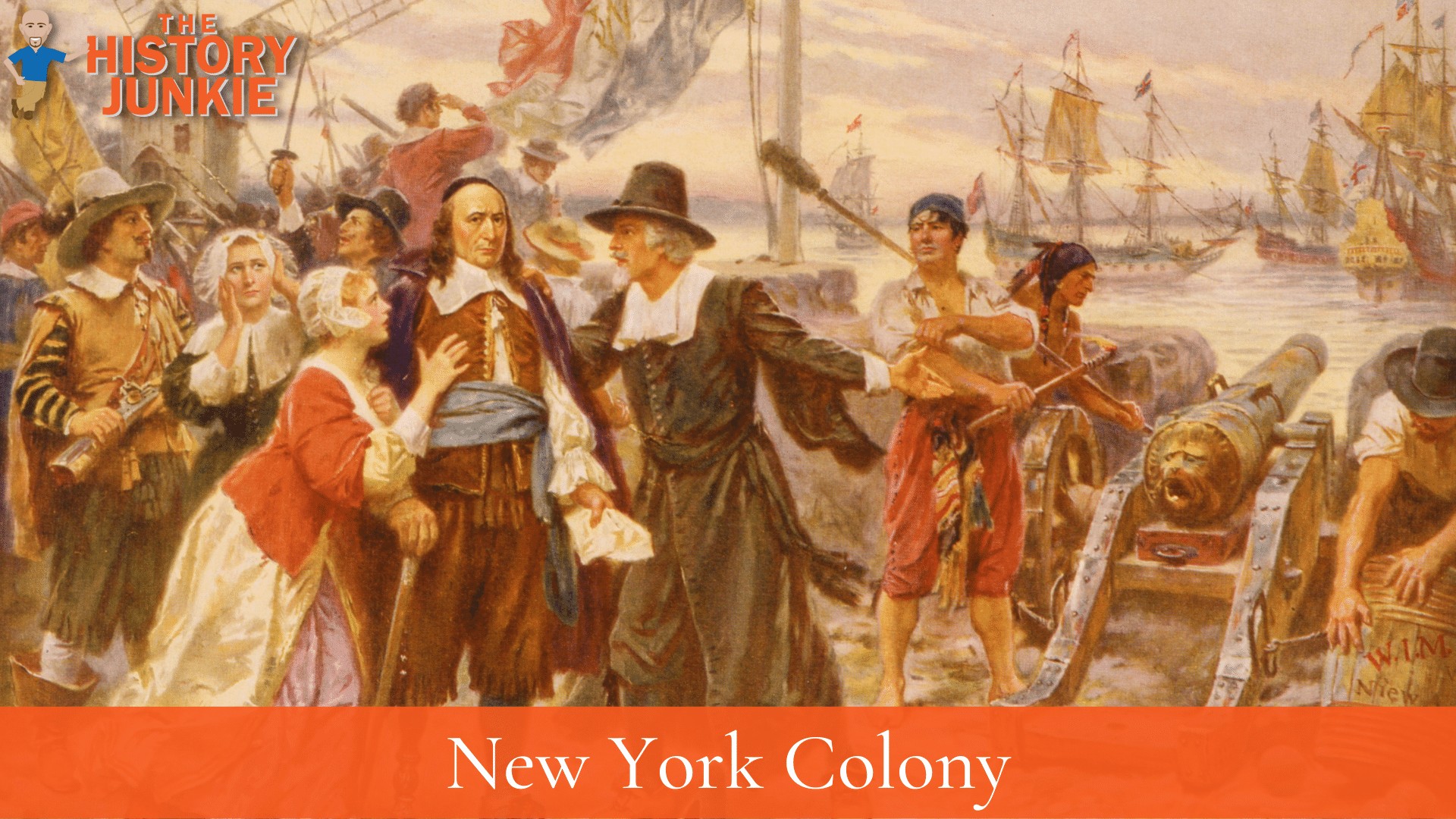
New York Colony was one of the 13 original colonies in Colonial America. It played a key role during the American Revolutionary War when it was occupied by the British and was the last colony that the British vacated.
It was home to four delegates to the Second Continental Congress that signed the Declaration of Independence: William Floyd, Philip Livingston, Francis Lewis, and Lewis Morris.
Jump to:
England Takes Control
In 1617, officials of the Dutch West India Company in New Netherland created a settlement at present-day Albany, and in 1624, founded New Amsterdam on Manhattan Island.
New Amsterdam surrendered to Colonel Richard Nicholls on August 27, 1664; he renamed it New York.
On September 24, Sir George Carteret accepted the capitulation of the garrison at Fort Orange, which he called Albany, after another of the Duke of York's titles. The capture was confirmed by the Treaty of Breda in July 1667.
Easing the transition to British rule, the Articles of Capitulation guaranteed certain rights to the Dutch; among these were liberty of conscience in divine worship and church discipline, the continuation of their own customs concerning inheritances, and the application of Dutch law to bargains and contracts made prior to the capitulation
Propriety Government
In 1664, James, Duke of York, was granted a Royal colony, which included New Netherland and present-day Maine. The New Netherland claim included western parts of present-day Massachusetts, putting the new province in conflict with the Massachusetts charter.
In general terms, the charter was equivalent to a conveyance of land conferring on him the right of possession, control, and government, subject only to the limitation that the government must be consistent with the laws of England.
The Duke of York never visited his colony and exercised little direct control of it. He elected to administer his government through governors, councils, and other officers appointed by himself. No provision was made for an elected assembly.
Also, in 1664, the Duke of York gave part of his new possessions between the Hudson River and the Delaware River to Sir George Carteret in exchange for the settlement of a debt.
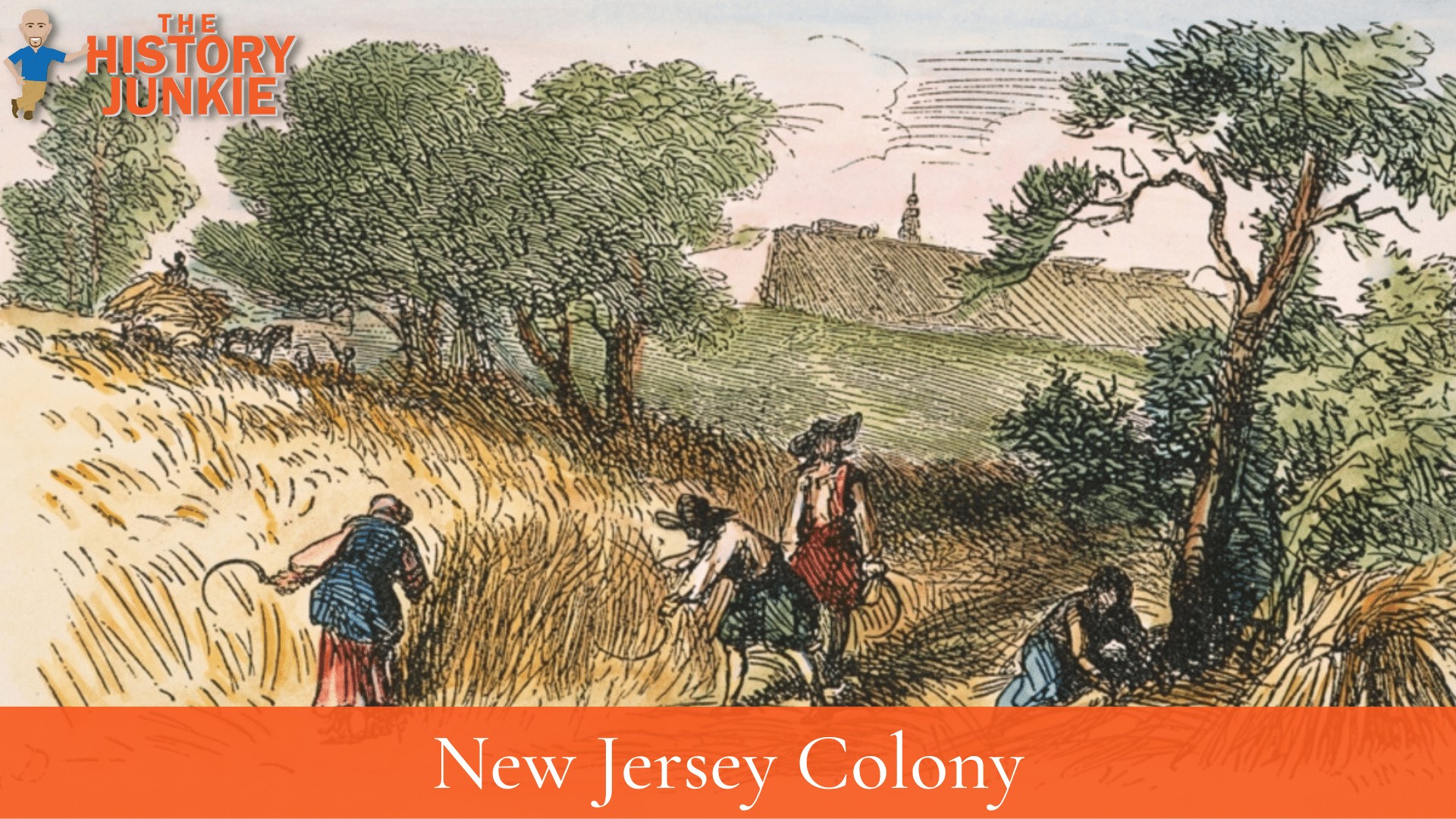
The territory was named after the Island of Jersey, Carteret's ancestral home. The other section of New Jersey was sold to Lord Berkeley of Stratton, who was a close friend of the Duke. As a result, Carteret and Berkeley became the two English Lords Proprietors of New Jersey.
The Province of New Jersey was created, but the border was not finalized until 1765. In 1667, territories between the Byram River and the Connecticut River were split off to become the western half of Connecticut.
The first governor, Richard Nicolls, was known for writing "The Duke's Laws," which served as the first compilation of English laws in colonial New York.
Nicholls returned to England after an administration of three years, much of which was taken up in confirming the ancient Dutch land grants.
Francis Lovelace was next appointed Governor and held the position from May 1667 until the return of the Dutch in July 1673. A Dutch fleet recaptured New York and held it until it was traded to the English by the Treaty of Westminster.
A second grant was obtained by the Duke of York in July 1674 to perfect his title.
Upon the conclusion of the peace in 1674, the Duke of York appointed Sir Edmund Andros as Governor of his territories in America.
Governor Edmund Andros, in 1674, said, "Permit all persons of what religion soever, quietly to inhabit within the precincts of your jurisdiction." Nonetheless, he made the Quakers of West Jersey pay the toll on the Delaware River, but they applied to England and were redressed.
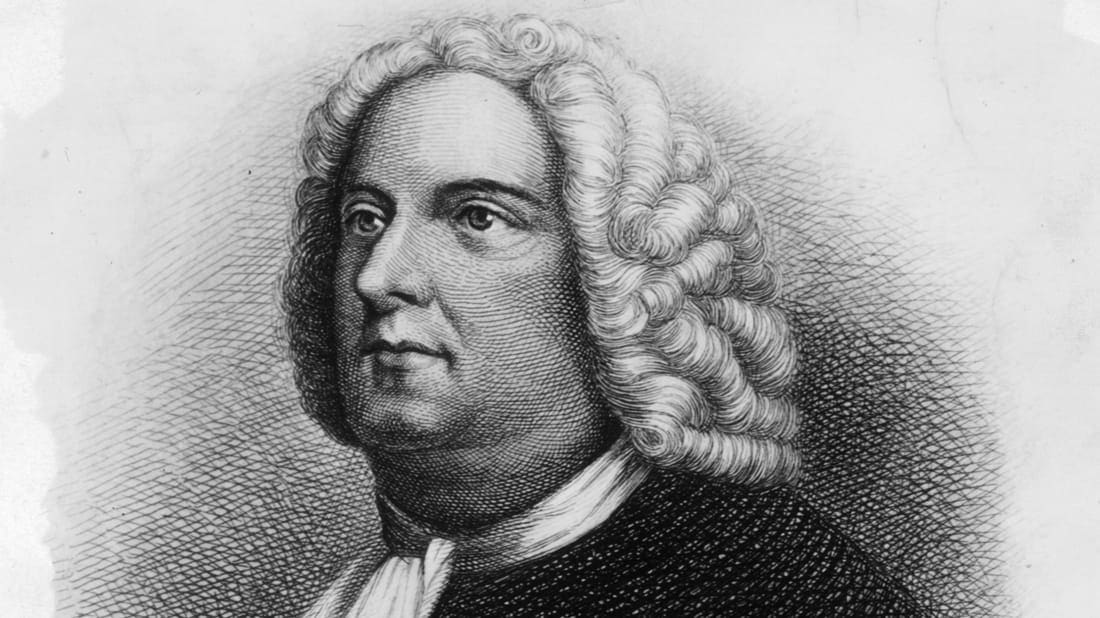
He was followed by Colonel Thomas Dongan in 1682. Dongan was empowered, on the advice of William Penn, to summon "...a general assembly of all the freeholders, by such persons they should choose to represent them to consult with you and said council what laws are fit and necessary to be made..."
A colonial Assembly was created in October 1683.
New York was the last of the English colonies to have an assembly. The assembly passed the Province of New York constitution on October 30, the first of its kind in the colonies.
This constitution gave New Yorkers more rights than any other group of colonists, including protection from taxation without representation.
On November 1, 1683, the government was reorganized, and the state was divided into twelve counties, each of which was subdivided into towns.
Ten of those counties still exist, but two were in territory purchased by the Duke of York from the Earl of Stirling and are no longer within the territory of the State of New York, having been transferred by treaty to Massachusetts.
While the number of counties has increased to 62, the pattern still remains that a town in New York State is a subdivision of a county, similar to New England.
An act of the assembly in 1683 naturalized all those of foreign nations in the colony professing Christianity. To encourage immigration, it also provided that foreigners professing Christianity may, after their arrival, be naturalized if they took the oath of allegiance as required.
The Duke's Laws established a non-denominational state church.
The British replaced the Dutch in their alliance with the Iroquois against New France with an agreement called the Covenant Chain.
Royal Province
On February 6, 1685, the Duke of York was crowned in London as King James II, and his personally owned colony became a Royal province. In May 1688, the province was made part of the Dominion of New England.
However, in April 1689, when news arrived that King James had been overthrown in the Glorious Revolution, Bostonians overthrew their government and imprisoned Dominion Governor Edmund Andros. The province of New York rebelled in May in what is known as Leisler's Rebellion.
King William's War with France began during which the French attacked Schenectady. In July, New York participated in an abortive attack on Montreal and Quebec. A new governor Henry Sloughter arrived in March 1691. He had Jacob Leisler arrested, tried, and executed.
New York's charter was re-enacted in 1691 and was the constitution of the province until the creation of the State of New York.
The first newspaper appeared weekly in 1725.
During Queen Anne's War with France from 1702 to 1713, the province had little involvement with military operations but benefited from being a supplier to the British fleet. New York militia participated in two abortive attacks on Quebec in 1709 and 1711.
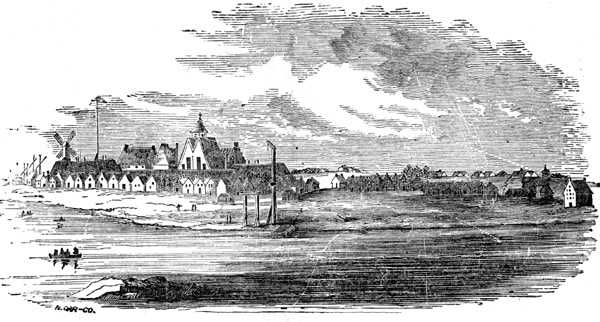
American Revolutionary War
When shots were fired at the Battles of Lexington and Concord, it mobilized the colonies, and they met at the Continental Congress.
In April of 1775, New York was not convinced that the best idea for the colonists in New York was to declare independence from Great Britain.
When the dominoes began to fall, and the mood towards independence shifted to be in favor, New York was still on the fence. When the vote for independence took place, New York abstained and then eventually voted in favor of independence.
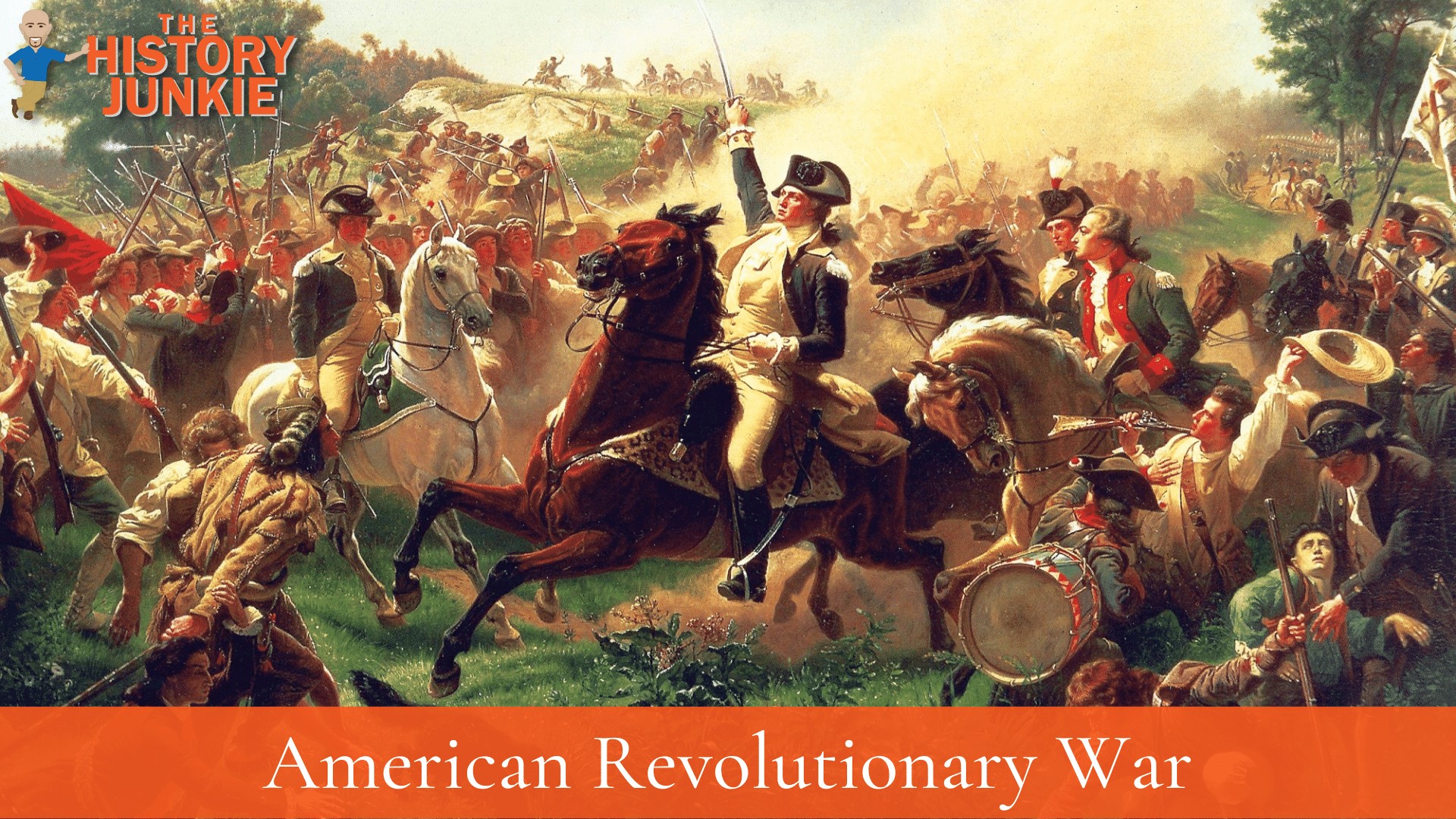
After the British were driven out of Boston by the colonists, the British relocated to Canada and prepared to attack New York.
Unlike Boston, New York could only be held with a powerful navy and would prove to be impossible for George Washington to defend. Many of Washington's generals, including Nathanael Greene, wanted to burn New York City to the ground, but Washington was ordered by Congress to defend Long Island.
The defense was a disaster. The British easily won the Battle of Long Island, Battle of White Plains, Battle of Harlem Heights, and the Battle of Fort Washington, and the colonists were never able to regain the colony until the British left.
It would provide the British with a perfect harbor to launch naval attacks up and down the coast of the colonies.
Online Resources
- Wikipedia - Province of New York
- Wikipedia - New Amsterdam
- Celebrate Boston - Brief History of colony of New York
- The New York Times
- The History Junkie's Complete Guide to the Middle Colonies
- The History Junkie's Complete Guide to the 13 Original Colonies
- The History Junkie's Complete Guide to Colonial America
- The History Junkie's Complete Guide to American Revolutionary War
